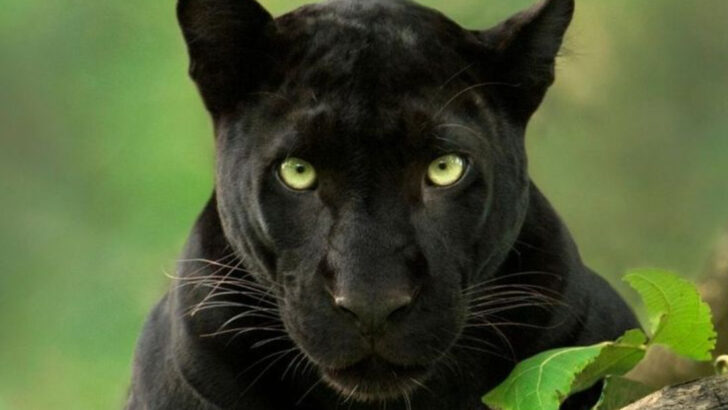Black panthers are not a species.
They’re a myth wrapped in muscle—a shadow with claws. People see one flash of that dark coat in the jungle and suddenly, they’re telling legends. But behind the mystery lies something even cooler than fiction: real science and wild genetics.
These sleek predators aren’t some mystical breed—they’re leopards or jaguars with a genetic twist that turns their usual spots jet black. And yes, those spots are still there, hidden like a secret tattoo under the surface.
They stalk silently, vanish like smoke, and rule the night like it’s their birthright. No wonder they’ve become icons of mystery, stealth, and power.
Get ready to lift the veil. These 16 facts peel back the shadows and show you the truth about black panthers—myth, magic, and everything in between.
Melanism in Big Cats
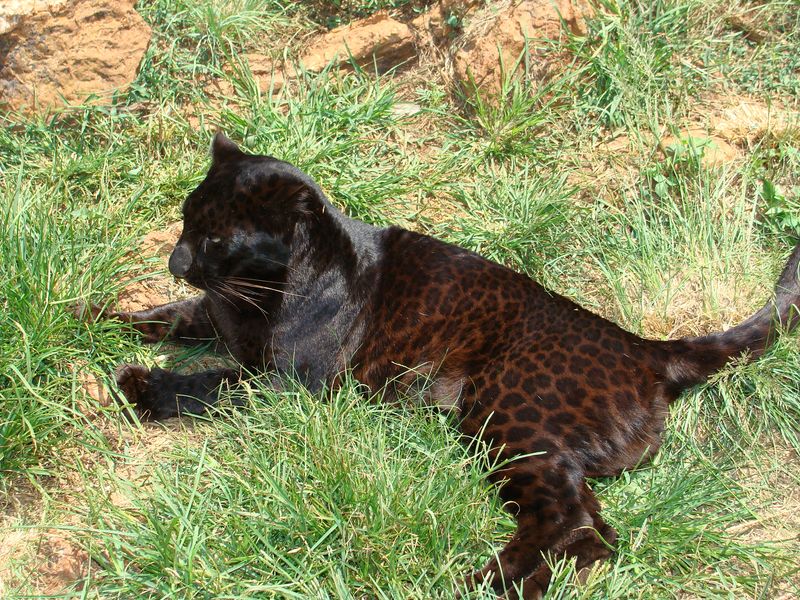
Melanism, a genetic mutation resulting in black pigmentation, occurs in several big cat species. This striking feature is most commonly seen in leopards and jaguars. Their black fur allows them to blend seamlessly into their shadowy surroundings.
Melanistic leopards, often called black panthers, use this advantage to hunt more effectively at night. Contrary to popular belief, black panthers are not a separate species.
Instead, they belong to the same species as their spotted relatives. This adaptation provides not only a captivating appearance but also a survival advantage in their natural habitats.
Habitat and Range
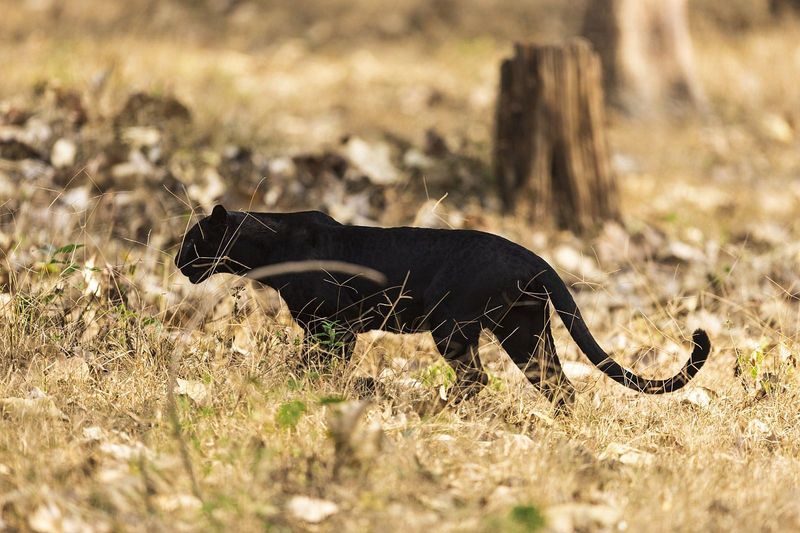
Black panthers are adaptable creatures, inhabiting a variety of environments across the globe. They are found in the dense forests of Southeast Asia, the jungles of Africa, and the rainforests of Central and South America.
Their adaptability allows them to thrive in both dense forests and open savannahs. This wide range is indicative of their evolutionary success.
These mysterious cats prefer areas with plenty of cover, allowing them to remain hidden from both prey and potential threats. Their elusive nature makes them a rare sight in the wild.
Role in Ecosystem
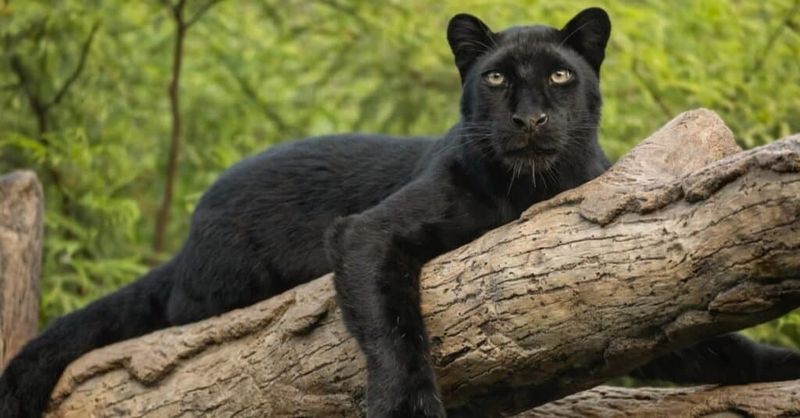
Black panthers, as top predators, play a crucial role in maintaining the balance of their ecosystems. By controlling the population of herbivores, they prevent overgrazing, which helps maintain biodiversity.
Their presence in the ecosystem is vital for the health of their habitats. As apex predators, they help to regulate the populations of other animals, ensuring that no single species dominates the landscape.
This balance is essential for the survival of many other species, highlighting the importance of these enigmatic felines in their natural environments.
Cultural Significance

Throughout history, black panthers have held a significant place in human culture. They symbolize strength, mystery, and elegance across various societies. In many cultures, they are revered as powerful and mystical creatures.
Their presence in folklore and mythology often represents protection and guardianship. For instance, in Native American culture, black panthers are seen as protectors of the forest and guides for those who seek wisdom.
This cultural reverence highlights the deep connection between humans and these majestic animals, emphasizing their impact beyond just the natural world.
Adaptations and Hunting Skills
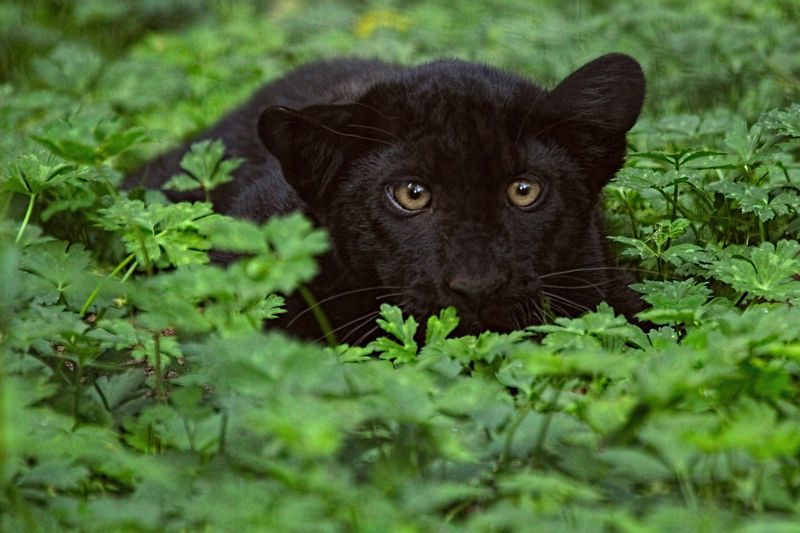
Black panthers are masters of stealth, using their dark coats to blend into the shadows. This camouflage is particularly effective during nocturnal hunts. Their keen senses, powerful limbs, and sharp claws make them formidable hunters.
Their stealthy approach enables them to get close to unsuspecting prey. Once within striking distance, they unleash their explosive speed and agility to capture their target.
These adaptations make them effective predators, capable of taking down animals much larger than themselves. Their hunting prowess is a testament to their evolutionary success in the wild.
Conservation Status
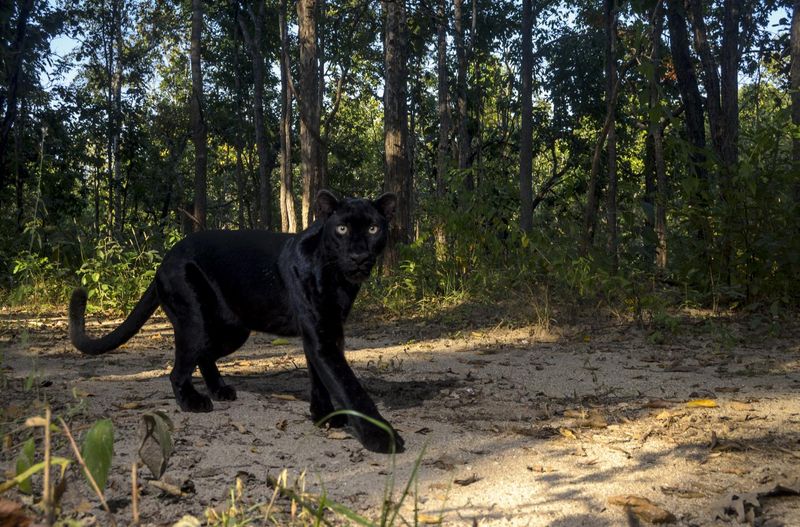
The conservation status of black panthers varies depending on their species. Generally, leopards and jaguars face threats from habitat loss and poaching. Conservation efforts are crucial to ensuring their survival.
Protected reserves and anti-poaching initiatives play a vital role in their conservation. Education and awareness campaigns also contribute to preserving these majestic animals.
By supporting conservation efforts, we can help safeguard their future. The fight to protect black panthers is ongoing, and collective efforts are needed to ensure that these stunning creatures thrive in the wild for generations to come.
Misconceptions and Myths

Black panthers are often surrounded by myths and misconceptions. One common myth is that they are a separate species. However, they are melanistic variations of leopards and jaguars. In some cultures, they are believed to possess supernatural powers.
These myths add to their allure and mystique. By understanding the science behind their appearance, we can appreciate their beauty without perpetuating false beliefs.
Education is key to dispelling these myths, allowing us to see black panthers as the remarkable animals they truly are, rather than mythical creatures.
Black Panthers in Pop Culture
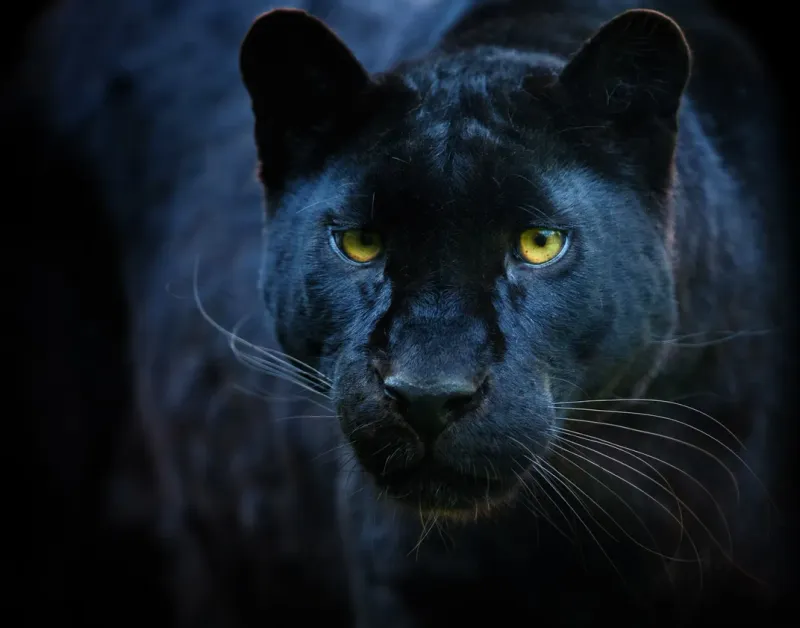
Black panthers have left their mark on popular culture, inspiring movies, comics, and literature. They are often portrayed as symbols of mystery and strength. The Marvel superhero, Black Panther, embodies these qualities, representing justice and protection.
These portrayals reinforce the cultural significance of black panthers. Their sleek appearance and mysterious nature make them captivating subjects in various art forms.
By exploring their representation in pop culture, we can gain a deeper understanding of their impact on society. This connection between nature and culture highlights the enduring appeal of black panthers.
Differences Between Leopards and Jaguars
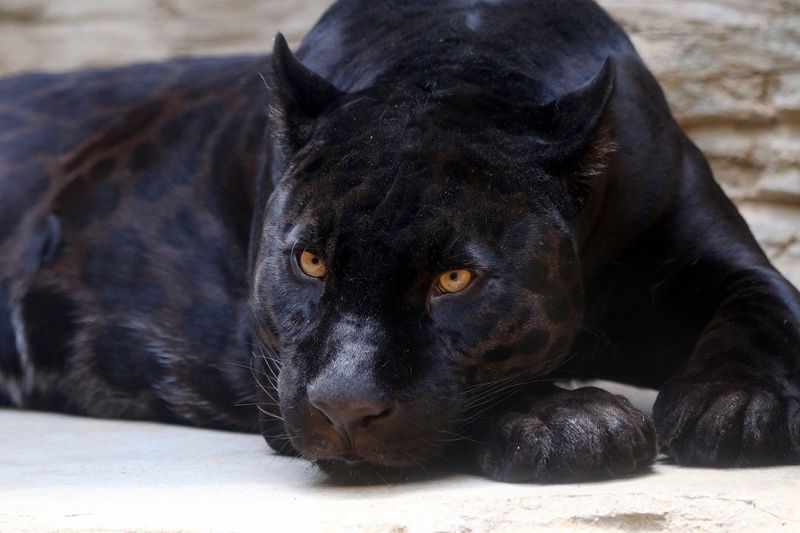
While both leopards and jaguars can exhibit melanism, they have distinct differences. Jaguars, native to the Americas, are stockier and have a more powerful build compared to leopards, which are native to Africa and Asia.
Jaguars have larger heads and shorter limbs, whereas leopards are more agile climbers. These physical differences are adaptations to their respective environments.
Understanding these distinctions allows us to appreciate the diversity within the big cat family. Although they share the black panther name, their unique traits set them apart in the animal kingdom.
The Art of Solitude
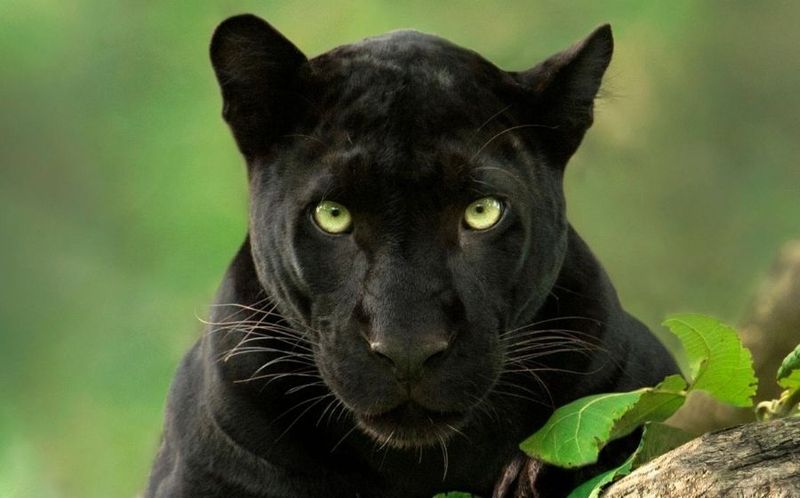
In the vast expanse of the jungle, solitude is not just a state of being for the black panther; it’s an art form. These solitary creatures thrive in isolation, relying on their own skills and instincts to survive and thrive.
Living alone allows them to be more adaptable and resourceful, honing their abilities without the need to compete with others for resources. It’s a testament to their independence and strength.
But don’t mistake solitude for loneliness. The solitary life of a black panther is a choice, a strategy that has ensured their survival in some of the world’s most challenging environments.
Communication and Social Structure
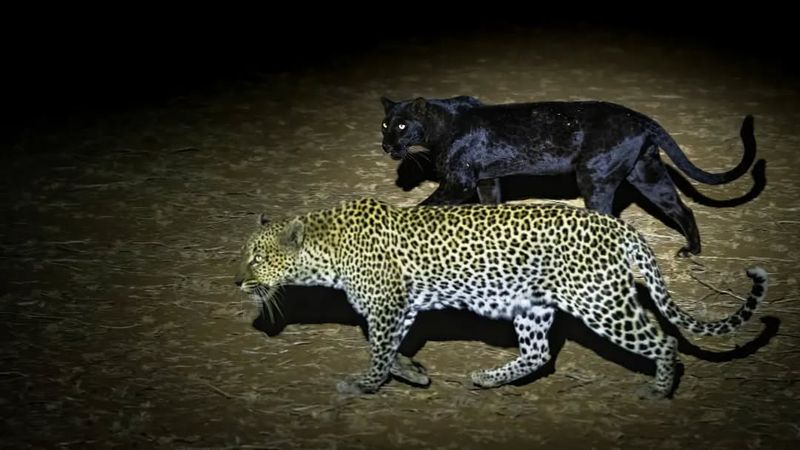
Black panthers, like other big cats, communicate through vocalizations, body language, and scent markings. They are solitary animals, typically coming together only for mating purposes.
Their vocalizations include growls, roars, and purrs. Body language plays a crucial role in their interactions, signaling intentions and emotions. Scent markings help establish territory and convey information to other panthers.
Understanding their communication methods offers insights into their behavior and social structure. Despite their solitary nature, these interactions are vital for survival and reproduction in the wild.
The Future of Black Panthers
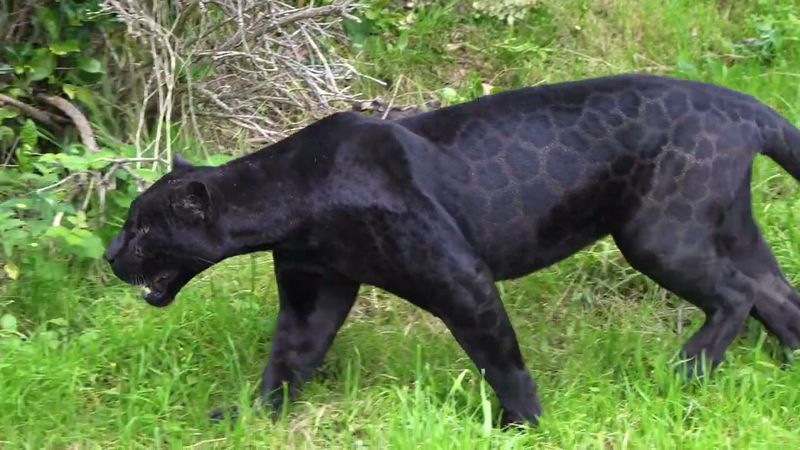
The future of black panthers depends on ongoing conservation efforts and habitat preservation. Climate change and human activities pose significant threats, but there is hope.
Conservationists are working tirelessly to protect these majestic creatures and their habitats. By supporting sustainable practices and raising awareness, we can contribute to their survival. The success of these efforts will determine the fate of black panthers and the ecosystems they inhabit.
Together, we can ensure that future generations will continue to marvel at the beauty and enigma of these fascinating felines.
Diet and Feeding Habits
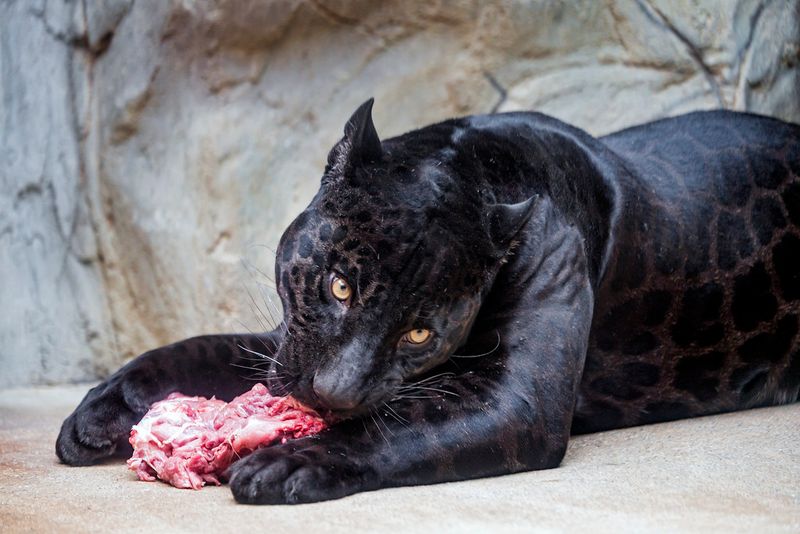
Black panthers are carnivorous predators with a diverse diet. They primarily hunt medium-sized mammals such as deer, antelope, and wild boar. Their stealth and strength allow them to tackle larger prey when necessary.
Opportunistic feeders, they will also consume smaller animals like birds and reptiles. Their feeding habits vary depending on their environment and available prey. This adaptability ensures their survival in diverse habitats.
By understanding their diet, we can appreciate their role as apex predators and their importance in maintaining the balance of their ecosystems.
Eye Color and Vision
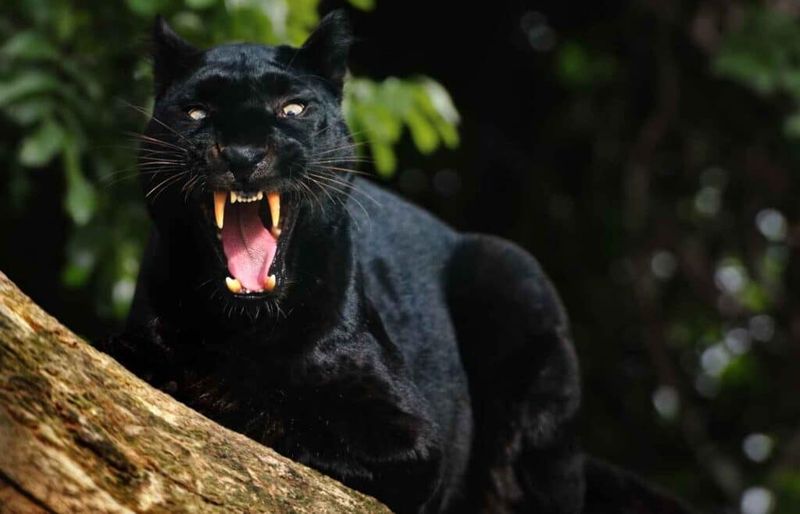
Black panthers possess striking golden eyes that stand out against their dark fur. Their acute vision is adapted for low-light conditions, allowing them to hunt effectively at night. This adaptation gives them an advantage over many of their prey.
Their intense gaze is both mesmerizing and intimidating, adding to their mysterious allure. The combination of keen eyesight and stealth makes them efficient nocturnal hunters.
Understanding their vision capabilities provides insight into their behavior and hunting strategies, highlighting their prowess as top predators in their environments.
The Black Panther Party

The Black Panther Party, a political organization established in the 1960s, shares its name with the enigmatic feline. Founded to address racial injustice, the party became a symbol of resistance and empowerment.
Their legacy continues to inspire movements for social change. The black panther, as their emblem, symbolizes strength and defiance. This connection between the animal and the party highlights the impact of cultural symbolism.
By exploring this historical link, we gain a deeper understanding of the black panther’s influence beyond the natural world.
The Mystery of the Coat

Black panthers are not a separate species but are actually leopards or jaguars with a rare genetic mutation causing excess melanin, giving them their distinctive black coat.
Under the sunlight, the hidden rosettes on their fur become visible, revealing their true identity. This phenomenon adds to their mystique and makes them a favorite subject for wildlife photographers.
Their sleek, dark appearance aids in camouflage during nocturnal hunts, making them efficient predators in dense forests.

